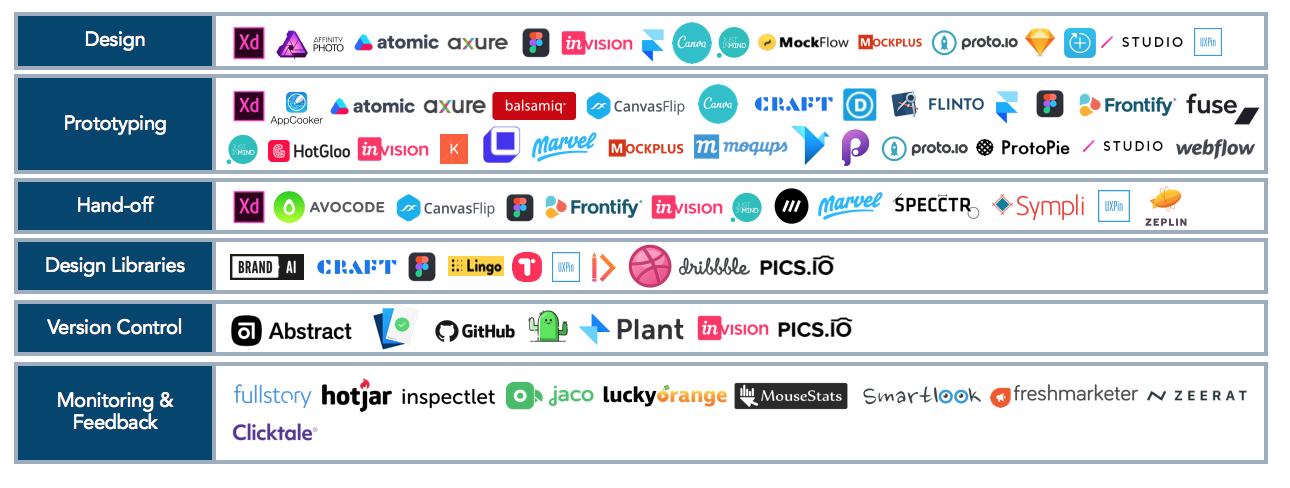Historically, business applications have not been synonymous with good design. Design and user experience (UX) were woefully neglected as it pertained to enterprise software, and seemed only to play a significant role in consumer applications like Facebook, Airbnb, and Snapchat. Business apps were created to execute on a task, function ruled over form, and design was often deprioritized. But that is changing. Design is increasingly gaining traction as a crucial part of enterprise software development. So, what is causing this change? And what role does design and UX have in the enterprise going forward?
Why design is playing a more significant role in enterprise software
There have been three major advancements that have influenced design in business application software…. The consumerization of IT, the expansion of cloud computing and the evolving enterprise buyer.
The first major shift was the advent of the smartphone and the rise of consumer applications in the 2000s. This made the interaction with software more prominent in users’ everyday lives. Prior to the 2000s, most of software was centered around work tasks like email and word processing, and predominately used exclusively in the workplace. Today, there’s an app for just about everything, and these apps gain or lose users based on delighting the end-user with a great design. As a result, the explosion of consumer applications has set a higher bar for the software people use at work, or the “consumerization of IT”.
The second shift follows the explosion of cloud computing, rise of web based applications and the resulting reduction in vendor lock-in and increase in competition. Again, historically, on premise solutions with deep integration didn’t have to focus design. They needed systems to work and users were often “stuck” with the software they inherited. The rise of web-based apps has lowered switching-costs for businesses to trial and churn from the various applications they use at work. This increase in competition was a wakeup call for vendors to focus more on providing strong value to their users, and being more thoughtful design and UX of their products.
Lastly, unlike consumer applications, buyers of enterprise software and users enterprise software historically have not been the same person. The buyer of an enterprise software application was usually the IT department in collaboration with management, and the end-users had very little input in the decision making process. As a result, enterprise software was built to appease the buyer over the user, thus causing UX/UI to be pushed down the priority stack. However, the tables have turned and purchasing decisions today are increasingly driven by users. Now more than ever, we are seeing a groundswell of users adopting a technology and a network effect of it spreading through an organization. The philosophy of “making software so delightful that users want to share it with their entire team” is a smart one. It is more capital efficient if the product can sell itself. This implies that that enterprises should spend less time wining and dining C-suite, and spend more time investing in design, and applying consumer thinking to enterprise products. Design is no longer just about aesthetics, but a driver of value for enterprise software companies. After all, good design accelerates the adoption of technology.
How is design moving into the enterprise?
Historically, most enterprise software companies outsourced design work to design studios and designers weren’t seen as being core to the team. In the old world of licensed and on-prem software, designers were only summoned once a year to redesign a product. But because most enterprise software now runs on a SaaS model, software is constantly updated, and designers are continuously needed.
As a result, designers are playing a more significant role within the enterprises – moving the practice from a common outsourced solution to in-house. Over 70 design studios have been acquired since 2004 with >50% of them having been acquired since 2015. (Notable acquirers include names like Accenture, Adobe, Capital One, Facebook, IBM and Salesforce).
This transition has opened up a new landscape of interaction with design – from team coordination, to collaborating with stakeholders, to interpreting feedback. These interactions are now just as important to the design process, as the creative work itself. As the need for design in the enterprise increases, so will the need for design software. As of late, we’ve noticed a handful of new startups tackling design & prototyping tools. Check out our latest market map of the industry.

We continue to recognize the value design creates for all companies, and strongly believe that design principles will continue to work their way towards the center of the enterprise software. If you’re a design-centric company or a company building tools for designers, we’d love to chat! Drop us a line.